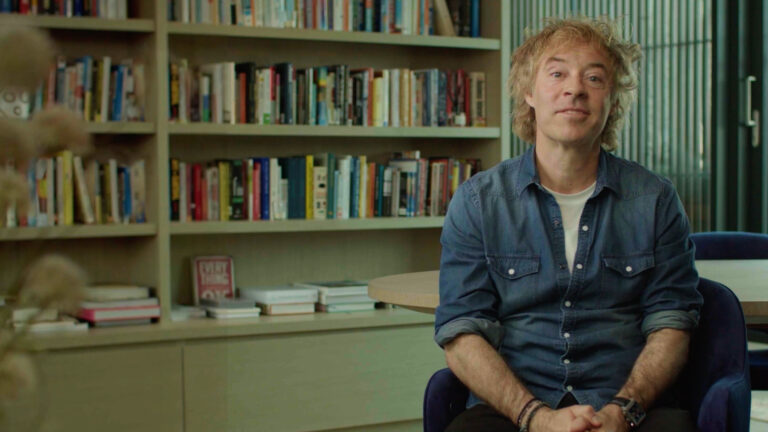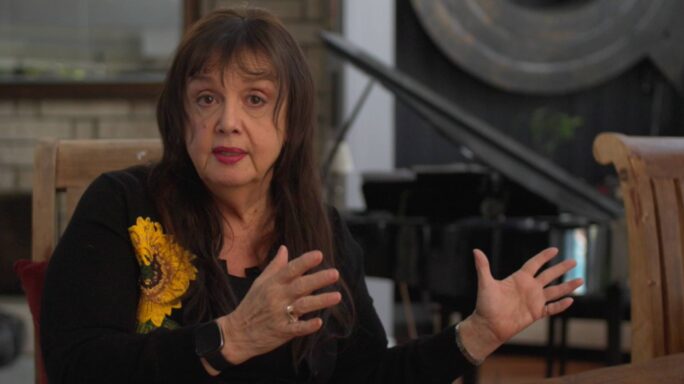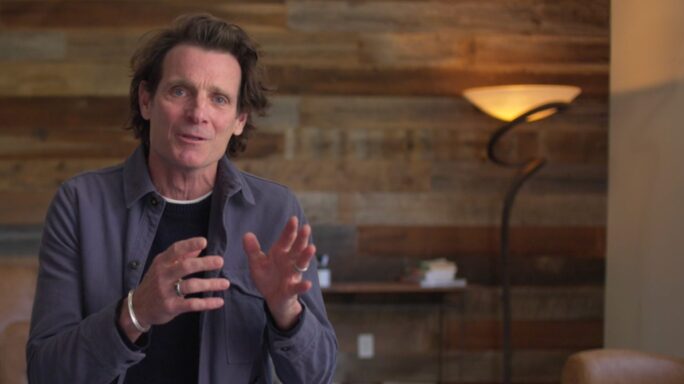Season 1: Finding and keeping great people
The science of retaining great people

The win:
We all know the thrill and exhilaration that is felt as employers when we identify the right person to join our organisation after committing a considerable amount of time and resources to the recruitment process. We have finally found ‘The One’, someone who will fit into the culture and add to the culture, someone who has the same commercial ethics, values and beliefs as you do and shares the same vision for the business….in our industry, these people are known as Unicorns/The X Factor/The One!
The fear:
Now that we have them, how do we retain them? How do we really understand their values and motivations? Have we met their expectations as an employer? There is only so much of an interview process, followed by psychometric testing, then coffee and lunch can do to mitigate risk and help gain a deep understanding of that person to ensure they will stay and grow.
The journey:
After onboarding and championing them into the team, business, and the senior board, it is not until 3, 6, or 9 months down the road, after one or two obstacles or a change agenda has been put on their path, that we see what drives and motivates this person, how they react to a stressful situation and sometimes or more often – it is too late then. As employers, the key is to tap into their values and motivations from day one. This will ensure mutual compassion, respect and understanding. Skills alone do not make a great employee, style and behaviours do as well.
The solution:
So, it all sounds like a strategic communication strategy in play, which certainly has a vital role in this connection. However, there is a massive scientific piece to this, and it all connects to human behaviour in respect of neuroscience rather than psychological theory. Business owners, by using the brain mapping technique of psychometric testing, can identify people’s natural or instinctive behaviour preferences, but also the extent and the way in which they modify or adapt their preference on occasion to respond to what they see as the demands of specific situations in their roles and why they approach situations and individuals in diverse ways.
As a retention strategy, neuroscience is changing the leadership game. No longer is any single behaviour or style good enough to optimise business results. Multiple techniques, situationally adapted, are required to take full advantage of the real power of people. This highly diverse, high potential, vital asset is often already in place – it is about identifying and developing it.
If perceptions change, the behaviour will change too. The dynamic interaction between the perception of self and the environment explains why an individual may behave differently from one situation to another. For example, working as part of a team or leading a team are two different roles but both have expectations of the same person, pulling on their behavioural DNA traits to adapt and find their place in each situation. Creating a high-performing culture requires unique insights and collaboration across the organisation to achieve a best-in-class and commercially successful ecosystem. Giving employees more ownership and freedom over their career journey allows them to shape their success and learn, valuing their whole selves and nurturing their ethics and values.
Value Propositions:
As employers, we know the roles Diversity, Equality & Inclusion (DE&I), and Environmental, Social & Governance (ESG) play in our organisations and how important they are for driving growth. Both are just as important to candidates in assessing an organisation as their future employer, ensuring mutual ethics, values, and environmental responsibilities. When an organisation involves their people in contributing to its value propositions, tapping into their non-work-related behavioural preferences ensures collaboration and unity across the board. It also provides clarity on purpose and behaviours – linking to the neuroscience of styles and behaviours.





Leave a comment